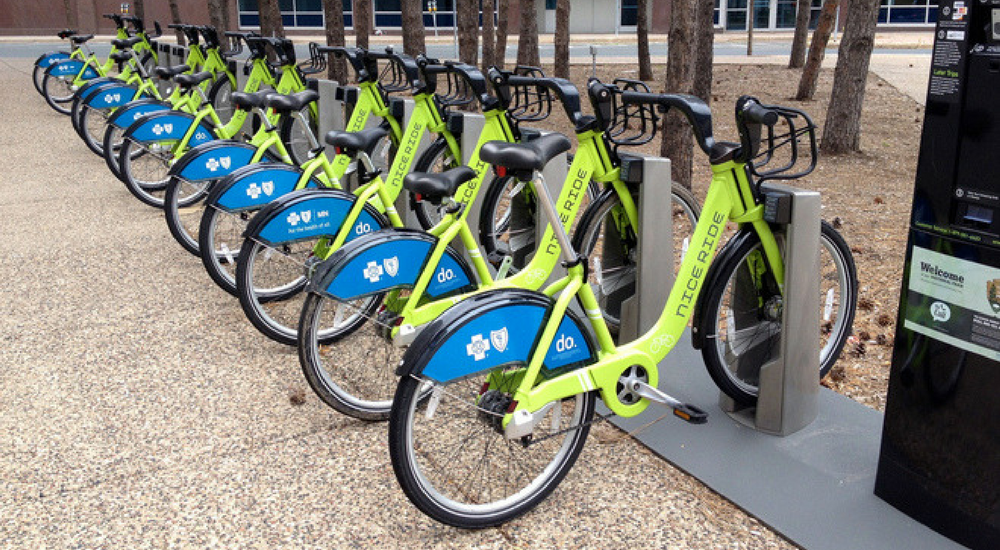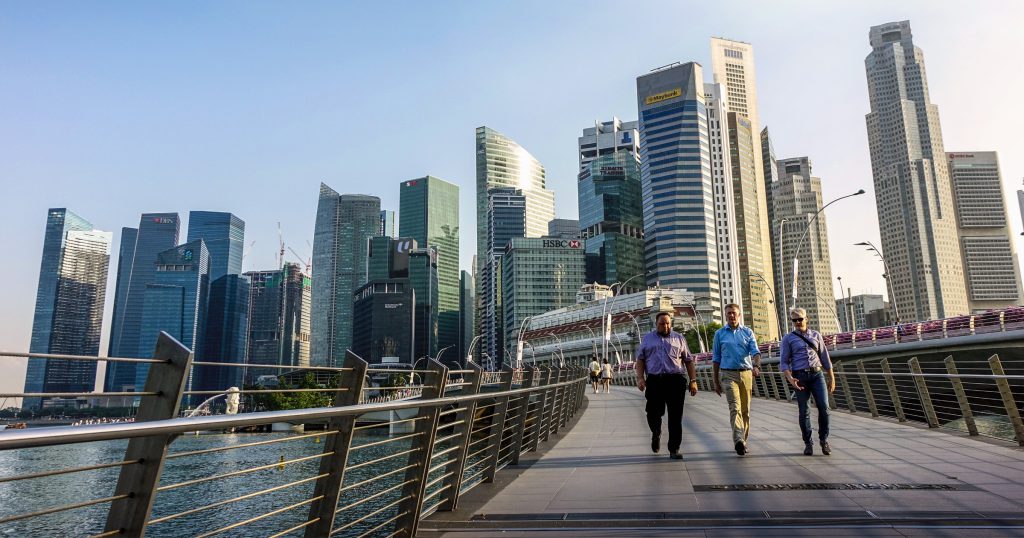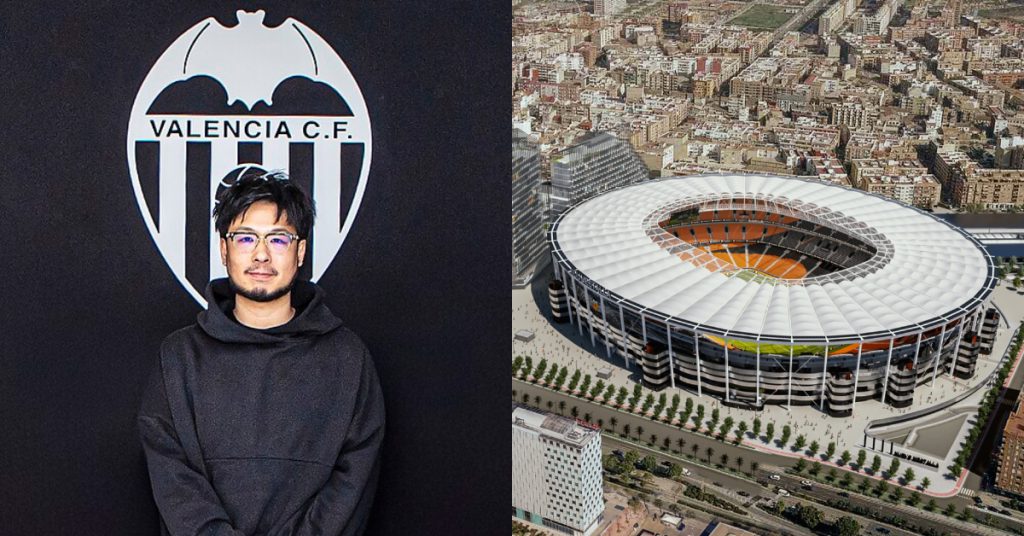With fuel prices rising astronomically over the years and the objectively horrible standstill traffic that has plagued everyone from Penang, to KL or Malacca (among others states), the idea of bringing the biking culture into Malaysia makes sense.
When you consider other options, our public transport system is still in construction in many areas, buses are beholden to our horrible traffic, and Uber-ing or Grab-ing places does cost a bit of dough.
And yet despite the government’s best efforts, cycling is still not breezy in Malaysia. Just bringing up the idea of cycling anywhere in KL on a weekday will bring shocked stares from any native Kl-ite, and with good reason.
Station-less bike sharing systems are already in place in Singapore and one, oBike is looking to spread its wings here in Malaysia too.
There are a lot of benefits to cycling versus using a car. It is clearly the greener option for our environment.
If the culture takes off, it can probably do a lot to stifle the everpresent smog problem plaguing our gridlocked cities. The highways would clear up of cars, and it may help put a dent into Malaysia’s love affair with obesity and heart disease.
And seeing the success of at least ride-sharing in Malaysia, we began to wonder. Could they do it here? Could they finally bring the fuel price tyranny to an end by ushering us towards a culture of biking?
How far they’ll disrupt our current car dependency will remain to be seen, but here are some hurdles that bike-sharing services will have to jump over if they want to hit the ground with wheels spinning in Malaysia.
1. No Interconnected Biking System

Don’t get me wrong. Individual housing areas and parks have some fantastic bicycle tracks, and even in my own housing area, there is a noticeable blue line that runs throughout as an opportunity for bikers to cycle around for fitness, and for schoolkids to cycle home in relative safety, away from traffic.
The government spent some efforts to create little bike paths, and you can probably find these with relative ease around Klang Valley.
Unfortunately, what connects all of these different bike areas are long stretches of highways, roads, walkways and buildings that are not exactly too welcoming of our two-wheeled riders.
And it’s a little difficult for cyclists to find the correct road to cycle on, because bicycles stand at a weird middle ground between transportation and pedestrian.
The bicycle is still a mode of transportation, but on a non-jammed day, it runs much slower than a motorised vehicle on the road. For a smooth cycle, a bicyclist might have to maneuver between the two sides that may well glare after the cyclist and think, “Do you really belong here?”
In more biking-friendly countries, you will see dedicated bicycle paths that run between pedestrian walkways and the motor-vehicle roads. Places like Melbourne and Amsterdam have so many cyclists because the dedicated bikeways make it a viable transportation decision.

In Malaysia, it would take a major overhaul of many roads and pavements to make room for bikers. While there are some attempts into it by the current government, it may well actually take some disruptors to raise demand that will push the government to double down on their efforts.
2. The Tropical Climate

Yes, we were perfectly able to cycle everywhere even in this climate just one generation ago, and a lot of tropical countries have very strong cycling cultures that is unhindered by the weather.
This may be true, but unfortunately the hurdle here right now is that we as Malaysians are used to the creature comforts of being in a vehicle and getting air conditioning while on the road, away from the El Nino heatwave.
Even the motorcyclist, who is just one step away from cyclist, would probably think twice about cycling anywhere because of the effort you have to exert under both hot sun or tropical showers.
And that brings us to another point. As motorcyclists are well-aware, any plans that you have to get to places on bicycle can and will be stopped once the inevitable rain begins to pour. A light drizzle can be handled with a decent raincoat, but what of the thunderstorms that we are known for? Under the bridge you go, to hang out with the equally stranded motorcyclists.
3. Our Attitude Towards Public Property
Just recently, we wrote about bicycle-sharing startups and their plight with irresponsible users in Singapore. While there are many pronounced differences between Singaporeans and Malaysians, in this one aspect we might be similar.
There is a prevailing low sense of civic duty towards public property. This is why our public toilets are known to be disgusting and trash litters the streets.
Similarly, certain irresponsible Singaporeans have either damaged the bicycles, parked them at locations that block everyone else, or have just outright damaged the bikes. Will it be very different over here?

Not to mention, this isn’t even limited to our little corner of Asia.
Bike-sharing took off first in China, and they too face similar problems. Irresponsible mainland Chinese cyclists are known to either destroy or dump the bicycles after use, and the issue of irresponsible parking has gotten bad enough that many state Chinese authorities have begun rounding up the bikes they see around town and confiscating them.

All of this really highlights the key difference between bike sharing and ride sharing; unlike ride sharing, bike sharing businesses have inventory to keep track of.
In Singapore, as we discussed, bike sharing services Mobike and oBike seem to have at least addressed the vandalism side of the issue with tracking chips installed in the bicycles. oBike introduced strict penalties at launch, while Mobike utilises a rewards system that also punishes irresponsible bikers.
The Takeaway
The general takeaway that I see from all of this is that if bike-sharing is to truly take off in Malaysia, any company looking to be active in Malaysia really needs to negotiate with both national and state authorities to figure out the logistics. Our government is pretty startup-friendly too.
Everything between the available bike paths and potential for blocking/vandalism needs to be thought about by these bike sharing companies, seeing that we already know this to be a potential problem.
But with the right marketing blitz and proper mitigation of risks, I would hope that bike-sharing culture would take off in Malaysia so that I can finally enjoy a ride home that isn’t plagued with traffic.
Feature Image Credit: Nice Ride, a bike-sharing startup based in America. Image sourced from Wired.












